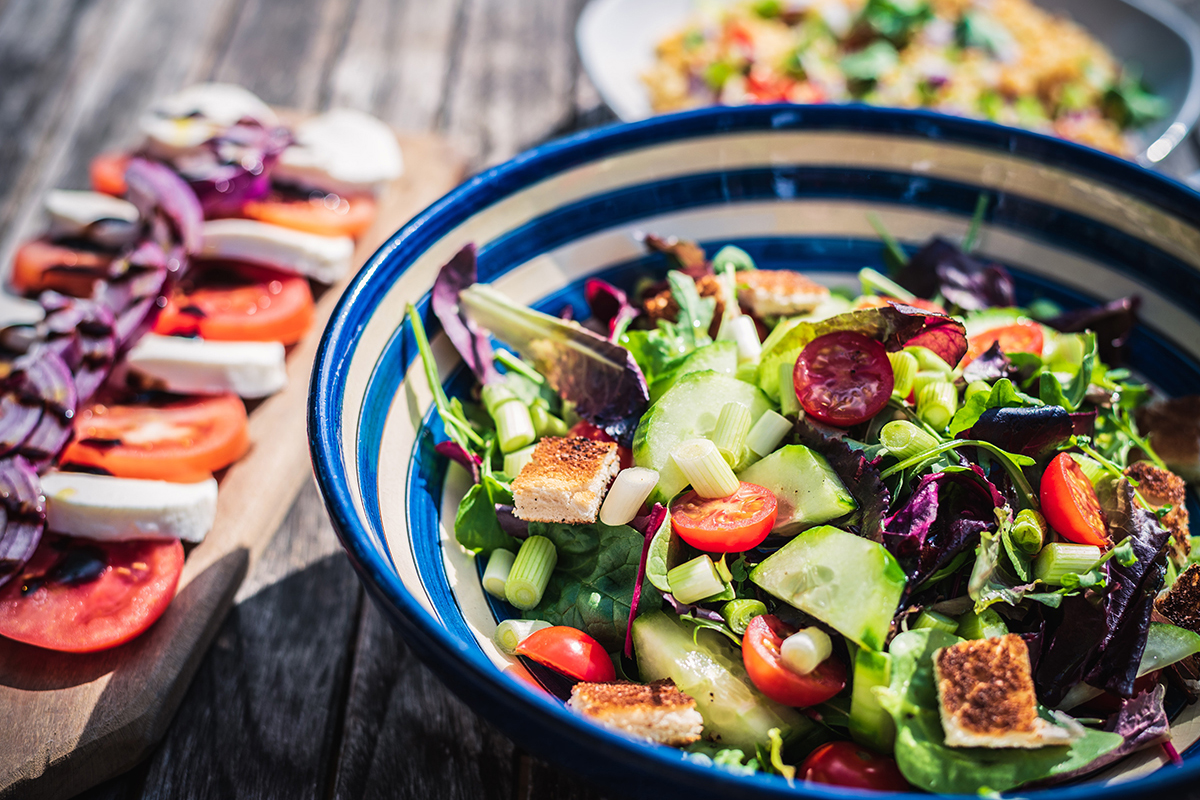
Blood cholesterol is a fat-like substance that your body can use to make cells, vitamins and minerals. Your body makes cholesterol by itself or gets it from food you eat. High cholesterol can increase the risk of having a stroke. While family history can play a role in having high cholesterol, there are certain things you can do to lower your risk. This module will explore why cholesterol matters, types of cholesterol, and what you can do to help keep cholesterol in a healthy range.
Why is blood cholesterol important?
Why is blood cholesterol important?
LDL is considered "bad" cholesterol. Saturated and trans fats can increase LDL to an unhealthy level. Lifestyle changes can help lower these numbers to a healthy level.
HDL is considered "good" cholesterol. A healthy level of good cholesterol may protect against stroke. Some people do not have enough HDL. Lifestyle changes can help increase HDL to a healthy level.
Triglycerides are a type of fat your body makes and absorbs from food. Lifestyle changes can help decrease triglycerides to a healthy level if they are too high.
Total cholesterol is calculated from your LDL, HDL, and Triglycerides.
When there is an imbalance of cholesterol, such as too much LDL (bad), or not enough HDL (good), in your blood, it can build up in your blood vessels over time and increase your risk for stroke.
(American Heart Association, 2020)
Know your numbers
Know your numbers
Your cholesterol numbers are checked by a provider using a blood test called a “lipid panel”. This test will give you results for the different kinds of cholesterol, as well as a total cholesterol level. Your provider can use the results to calculate your risk for cardiovascular diseases, including stroke. Your provider may ask you not to eat or drink (fasting) for a period of time before getting this test.
Desirable cholesterol numbers are:
|
HDL (good cholesterol) |
Greater than or equal to 60 mg/dL |
|
LDL (bad cholesterol) |
Less than 100 mg/dL |
|
Triglycerides |
Less than 150 mg/dL |
|
Total cholesterol |
Less than 200 mg/dL |
(Centers for Disease Control & Prevention, 2020)
Ways to keep cholesterol in a healthy balance
Ways to keep cholesterol in a healthy balance
Family history can play a role in high cholesterol, but there are things you can do to keep your cholesterol at a healthy level. This includes:
Healthy Eating: Reducing cholesterol in your diet can lower cholesterol in your blood.
- Reduce your intake of saturated and trans fats. This means eating less red meat, whole milk dairy products, fried foods, lard, palm oil, and coconut oil.
- Eat more fruits, vegetables, whole grains, poultry, fish, nuts, and non-tropical vegetable oils (ex: olive or soybean oil)
- Limit processed foods and sugar-sweetened foods and beverages
Regular Exercise: Regular physical activity, such as walking, can help reduce cholesterol.
Healthy Weight: If you are overweight or have obesity, even a small amount of weight loss (5-10%) can improve your cholesterol.
Quit Smoking: Smoking can impact your cholesterol. Quitting can help bring your cholesterol to a healthy level. If you don't smoke, don't start.
Medications: If you have high cholesterol, take medications exactly as prescribed by your provider.
(American Heart Association, 2020)
Ready to learn more?
Check out the following evidence-based guidelines and resources:
References
American Heart Association. (202). Prevention and treatment of high cholesterol (hyperlipidemia). Retrieved from https://www.heart.org/en/health-topics/cholesterol/prevention-and-treatment-of-high-cholesterol-hyperlipidemia
American Heart Association. (2020). What is cholesterol? Retrieved from https://www.heart.org/en/health-topics/cholesterol/about-cholesterol